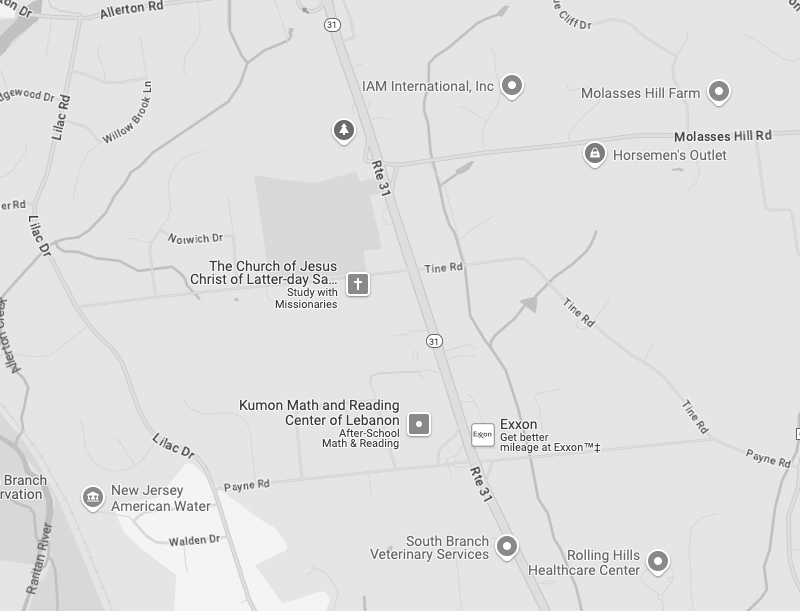May 26th, 2021
From the clinical perspective, dentistry is similar around the world. Dentists, like Dr. DeCasperis, go to school, obtain a license, and work hard to prevent and treat tooth decay, gum disease, oral infections, throat or oral cancer, tooth loss, and other conditions that might limit a person’s ability to smile, bite, chew, or speak. The…
Continue Reading
May 19th, 2021
Our teeth perform several vital roles for us. We use them to bite and chew, to help form words, to support our facial structure. And never underestimate the power of a smile! But once you try to expand that job description, you are asking for trouble. Using your teeth for tasks they were not designed…
Continue Reading
May 12th, 2021
Did you know that there are certain foods you can eat which help to clean your teeth? We call them "detergent foods." In dentistry we look at the impact of food in three ways: the kind of food, how often it is eaten, and when it is eaten. Detergent foods should be the last piece…
Continue Reading
May 5th, 2021
It's a habit many people have and not only can it be annoying to the people around you, it can be detrimental to your dental health. Chewing ice is so common that it even has its own name, pagophagia. We're not talking about a slushy or shaved ice (although those artificially sugary treats should be…
Continue Reading
